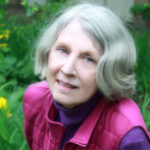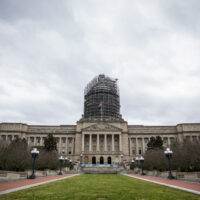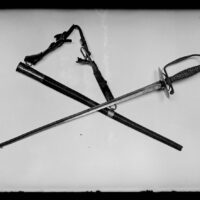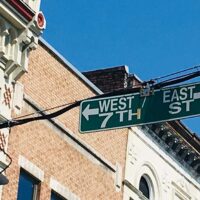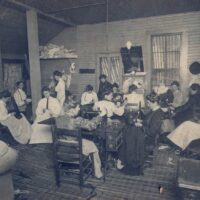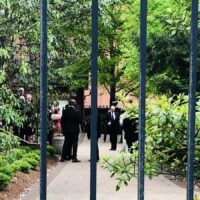With no dreamy-eyed profile on eHarmony, and not even a come-hither pitch via Tinder, chances are that Homeplace 1850 at Land Between the Lakes will stay single. Without a partner, the living history site that depicts day-to-day activity of a rural farm family in the antebellum South is on life support.
Nothing is definite, but word is that The Homeplace might be converted to a museum. There is also a possibility that it could be shut down for good.
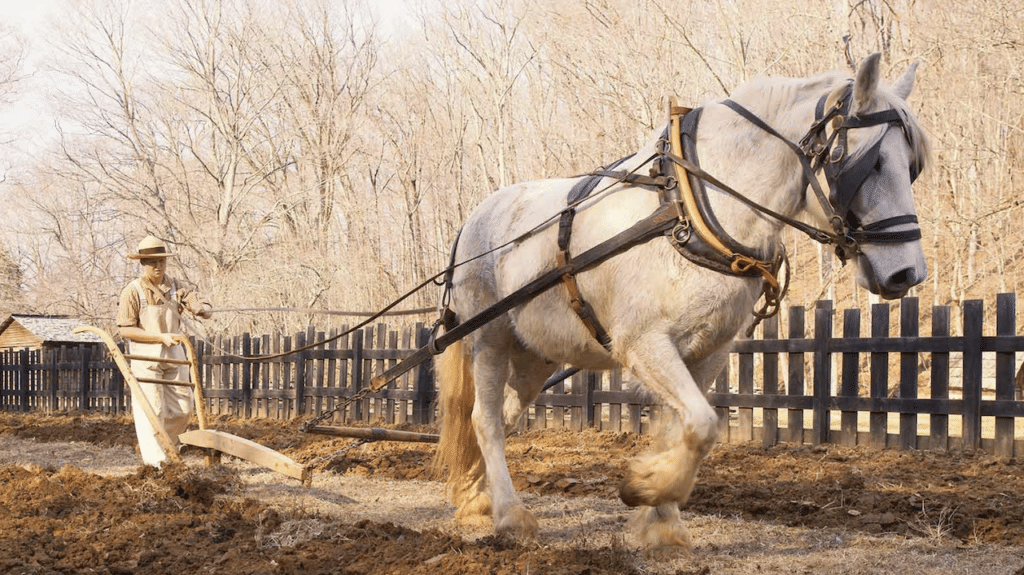
The problem? Budget, of course.
According to U.S. Forest Service spokesperson Chris Joyner, “In Fiscal Year 2018, our expenses for The Homeplace in Stewart County, Tenn., portion of LBL were $408,626 while revenue was $117,341.”
Fiscal constraints are nothing new to LBL, which was managed by the Tennessee Valley Authority before it was transferred to the U.S. Forest Service in 1999. No matter which agency has been in charge, the national recreation area has been clobbered by budget cuts over the years. Public input on strategic plans is regularly requested through the National Environmental Policy Act (NEPA), but when asked about what they want at LBL, people typically seek more programming and improvements that would yield more, not less, expense.
- RELATED: US Forest Service considers significant reduction of LBL’s The Homeplace
- UPDATE: Despite threat of funding cuts, The Homeplace in LBL set for new season
The Homeplace wedding, a popular annual re-enactment, is a case in point. Doing it right demands time, money, and trained professional staff. In 1989, it was a real wedding: the marriage of Ralph Ward, Lead Interpreter at the Homeplace, to Gretchen Hines, avid historian, gifted tailor, and dressmaker extraordinaire.
The simplicity and historical accuracy of the ceremony was impressive. According to the printed program handed out to the wedding “guests” — a mix of 1200 friends, strangers, and Homeplace visitors — “Before the Civil War, in rural communities of the upper South, weddings were a good excuse to bring out your best clothes or have something special made. Word of a couple’s intentions would be sent around the neighborhood and everyone would gather at the bride’s parental home on the appointed day. The ceremony was simple and straightforward, with a magistrate or a clergyman officiating.”
The groom, in a green tailcoat, plaid vest, and blue pants, was handsome by any standard. The bride, dazzling in a white gown and veil, had sewn her own dress. “It laced up in the back,” she said, “and all the trim was pleated fabric, white on white, kind of a jacquard. It was pleated around the collar and the neckline.”
Besides her own outfit, Gretchen also created authentically styled garments for about twenty of the bridal party. “That was the most difficult part,” she recalled when we talked last week.
She was sad to hear that Homeplace 1850 might fade into the past. “It’s living history,” she declared, “but we’re in trouble all over, suffering from Disneyworld and Dollywood entertainment. If it’s peaceful, it’s not entertaining enough.”
“You get the opportunity to smell things, get a sense of the space, you feel how cold or how hot it could be in that environment as you grasp what life was really like. It’s easy to ignore those details and focus on what so-called important people were doing instead of regular people,” she said.
“Creative problem-solving was going on all of the time. You had to be able to fix your own plow or anything that broke.”
Another Homeplace supporter and a retired LBL employee, Susan Witzofsky, is currently on the Friends of LBL board. Her devotion to the authenticity of the Homeplace, and its special appeal to young visitors, is passionate.
“There are no cell phones, no video games,” she said. “At the Homeplace, you get to talk, view, and listen. History isn’t just dates. You learn about the farm animals of 1850 — draft horses, mules, and oxen. There was a woodworking shop with no power tools. Cooking was on a wood stove. You did your own gardening to grow food and preserve it.”
In response to my impromptu Facebook poll about the future of Homeplace 1850, Kate Lochte, former manager of WKMS-FM, eloquently expressed the importance of keeping it authentic. “I have to say that the Pickin’ Parties at the Homeplace opened my eyes to the beauty and value of that place. My young relatives who came to the Homeplace with me were agog at the big ox sleeping in the sun out back,” she remembered.
“Each person of the Homeplace made it a genuine experience which ought not fade away. So be it there are expenses to keep it up; fund them in honor of history, heritage, and how the American frontier evolved into a nation. Every visitor to our home from other parts of the country was taken to the Homeplace because it witnesses the ingenuity and industry of people whose land was lovely even in its harshness. To hear its silence and its music is a gift,” she concluded.
“Shame on the region if it doesn’t fight hard to keep its values preserved in contrast to our bizarre, electronic, discombobulated era.”
Lochte’s words take us back to the Homeplace wedding, thirty-one years ago. During the exchange of vows, as a few stray leaves drifted through the air and onto the porch of the simple 1850-style dogtrot house, the minister intoned, “All the days of their lives, may they be abundantly enriched.”
Here’s hoping the same be said for Homeplace 1850, today and in the future.
For more information, contact Christopher Joyner, LBL’s Public Affairs Officer, at 270-350-3693. Email him at lblinfo@usda.gov. You can find notes from all of the public input for this strategy by visiting www.landbetweenthelakes.us
Constance Alexander is a columnist, award-winning poet and playwright, and President of INTEXCommunications in Murray. She is a board member for Hoptown Chronicle.
